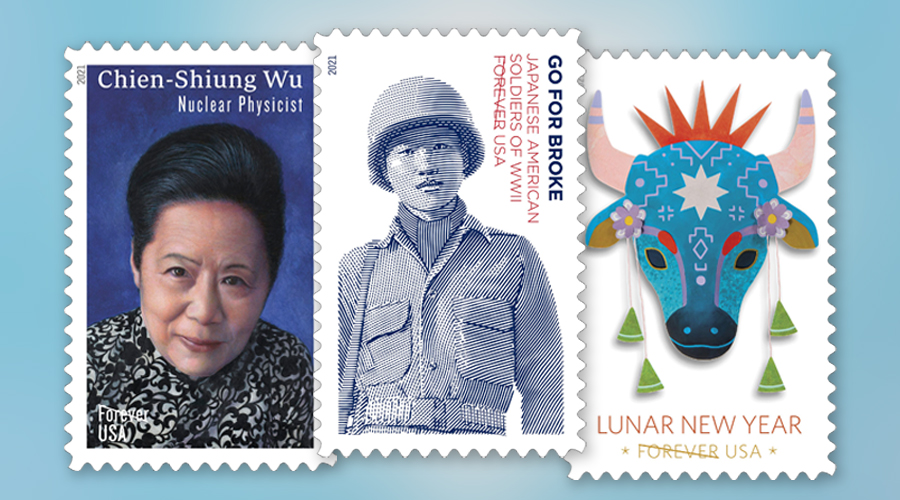Asian American and Pacific Islander (AAPI) Heritage Month kicks off May 1. Here are five facts about the celebration of this growing demographic:
1. The observance started as a “week” of 10 days. In 1978, President Jimmy Carter signed a joint resolution for an annual Asian/Pacific American Heritage Week. Supporters wanted to include the anniversaries of two events: May 7 to mark the first Japanese immigrant in 1843 and May 10 for the completion of the transcontinental railroad, for which so many Chinese labored. Thus, the 10-day observance was born. In 1992, it became a month. And in 2009, it was expanded to include Pacific Islanders, under the administration of President Barack Obama.
2. The term “AAPI” contains multitudes. The U.S. Census Bureau defines Asian as “having origins in any of the original peoples of the Far East, Southeast Asia or the Indian subcontinent.” A “Native Hawaiian or Other Pacific Islander” is one of “the original peoples of Hawaii, Guam, Samoa or other Pacific Islands.” The AAPI moniker joins the two and encompasses more than 50 ethnic or language groups. “AAPI” is a relatively new term because of this diversity.
3. The community is growing in political force. The Asian American population grew 72 percent between 2000 and 2015, according to the Pew Research Institute. The institute also found that the number of Asian American eligible voters grew by 139 percent between 2000 and 2020, making them a growing force in U.S. politics. And of course, the rise of Vice President Kamala Harris, whose mother hails from Chennai, India, is a particularly meaningful milestone.
4. The observance is needed now more than ever. The coronavirus pandemic has brought with it an alarming wave of anti-Asian attacks. Many groups have formed to combat this frightening development, including Stop Asian Hate, Stop AAPI Hate and Asian Americans Advancing Justice, and schools and other institutions are using the occasion of AAPI Heritage Month to address it.
5. AAPIs hit a postal trifecta. This year, USPS is releasing three Asian-themed stamps: February’s Year of the Ox, March’s Chinese American physicist Chien-Shiung Wu and June’s Go for Broke: Japanese American Soldiers of WW II. Go for Broke is the result of 16 years of persistent effort by a small group of people from Hawaii. The soldier depicted on the stamp is a nisei, or American-born child of Japanese immigrants, named Shiroku “Whitey” Yamamoto. He was part of the 442nd Regimental Combat Team made up largely of nisei soldiers, the most-decorated unit for its size and length of duty in the history of the U.S. military.
